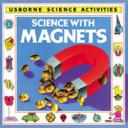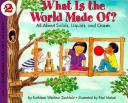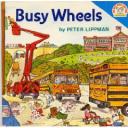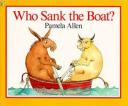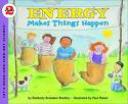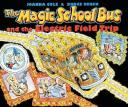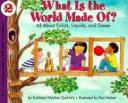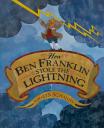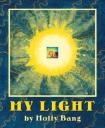Science with Magnets, written by Helen Edom and illustrated by Simone Abel is an interactive book where students learn the functionality of magnets.
This colorful book is packed with exciting activities to assistance children in exploring the wonderful world of magnetism. All the experiments and activities are designed to be safe and easy for children to do in their own home. The book also provides real life examples of how magnetism is used in everyday life. “Magnets help to make many electronic machines work. Here you can find out about some of them: electric generator and tape recorders ” (20). In addition the book even teaches children how to create their own magnets.
Curriculum Connections
Science with Magnets could be used as a reference tool for students. It would be a great addition to a science work station where students can select which experiement(s) they would like to attempt on their own. This book can be used for SOL's:
- 2.2 Students will understand and investigate magnets
Additional Resources
- Brain Pops Jr: Magnets: Is an excellent site dedicated to magnets. It is a kid friendly site that gives background information on magnets and houses an interactive video students can reference. The site also provides teachers with two simple activities they can try with their own students.
- About.com Magnet Worksheets: Provides 9 PDF worksheets on magnets. There are word searches, vocabulary worksheets, crossword puzzles, writing activity sheets, etc.
- Home School Tools: Magnets: This is a coloring activity that gives students the opportunity to do a scavenager hunt around the classroom. The objective is for the students to find items that are magnetic.
Book: Science with Magnets
Author: Helen Edom
Illustrator: Simone Abel
Publisher: E.D.C. Publishing
Publication Date: September 1992
Pages: 24 pages
Grade Range: 1-3
ISBN: 978-0746012598

